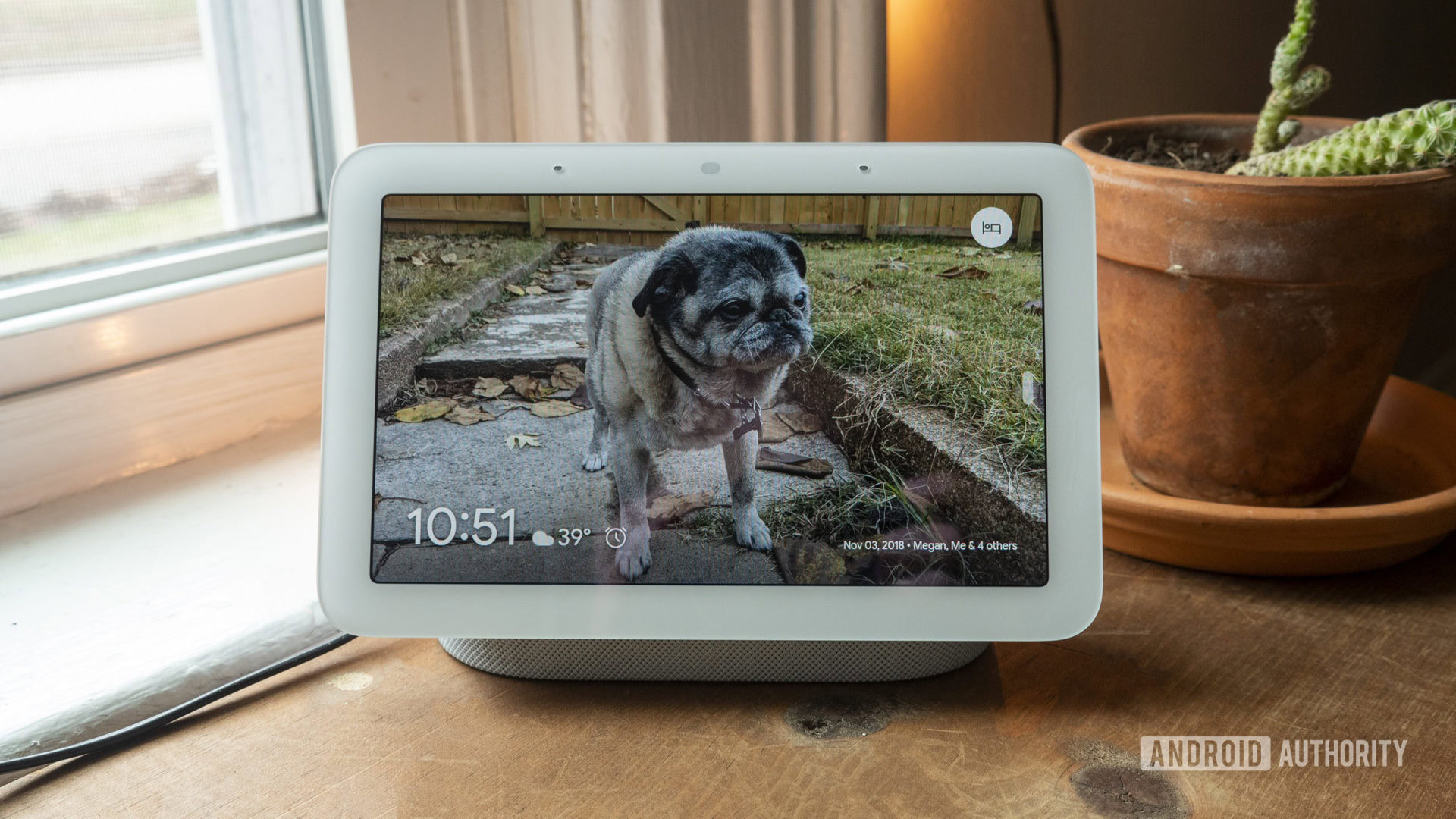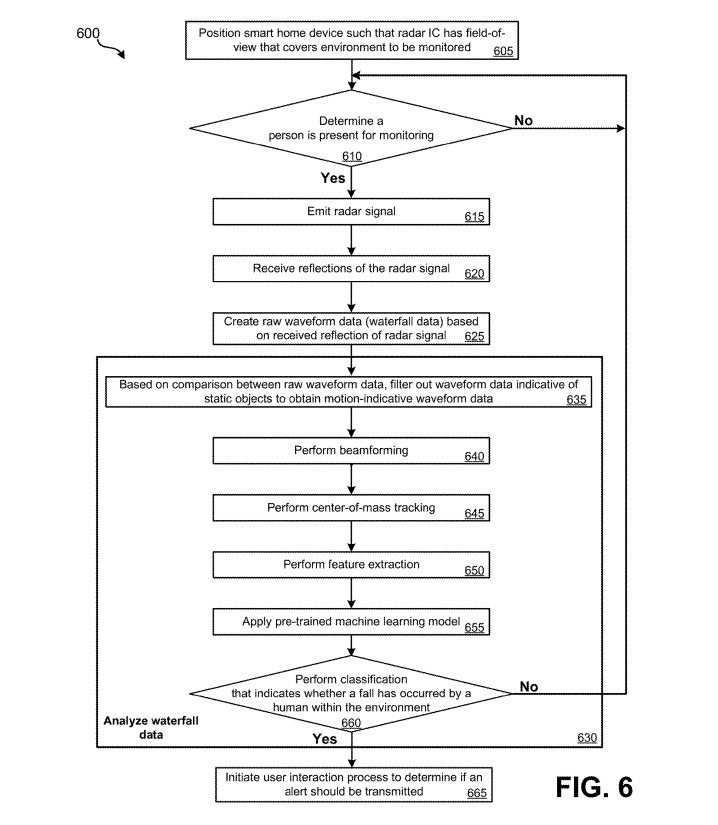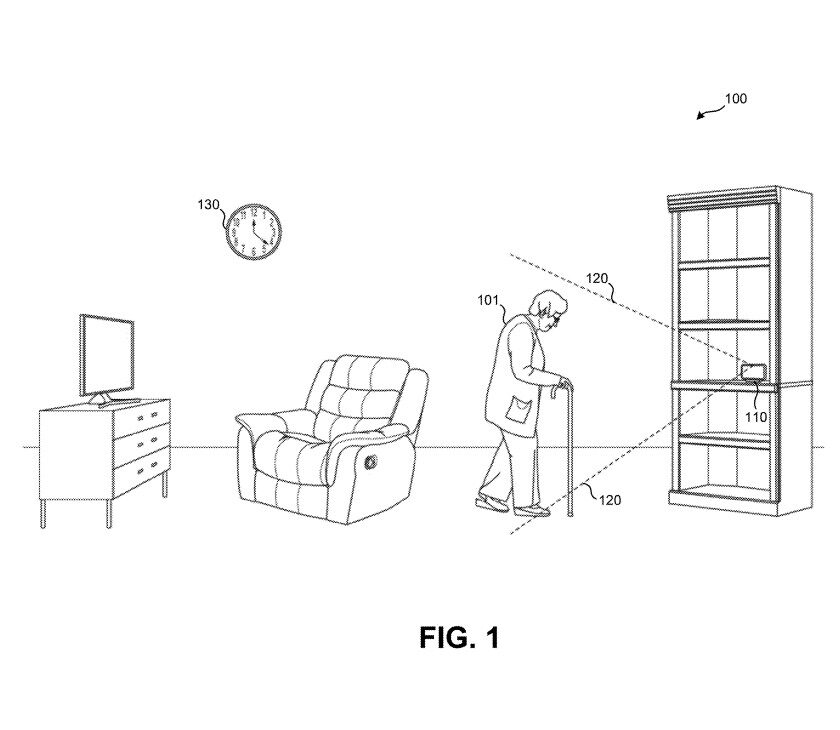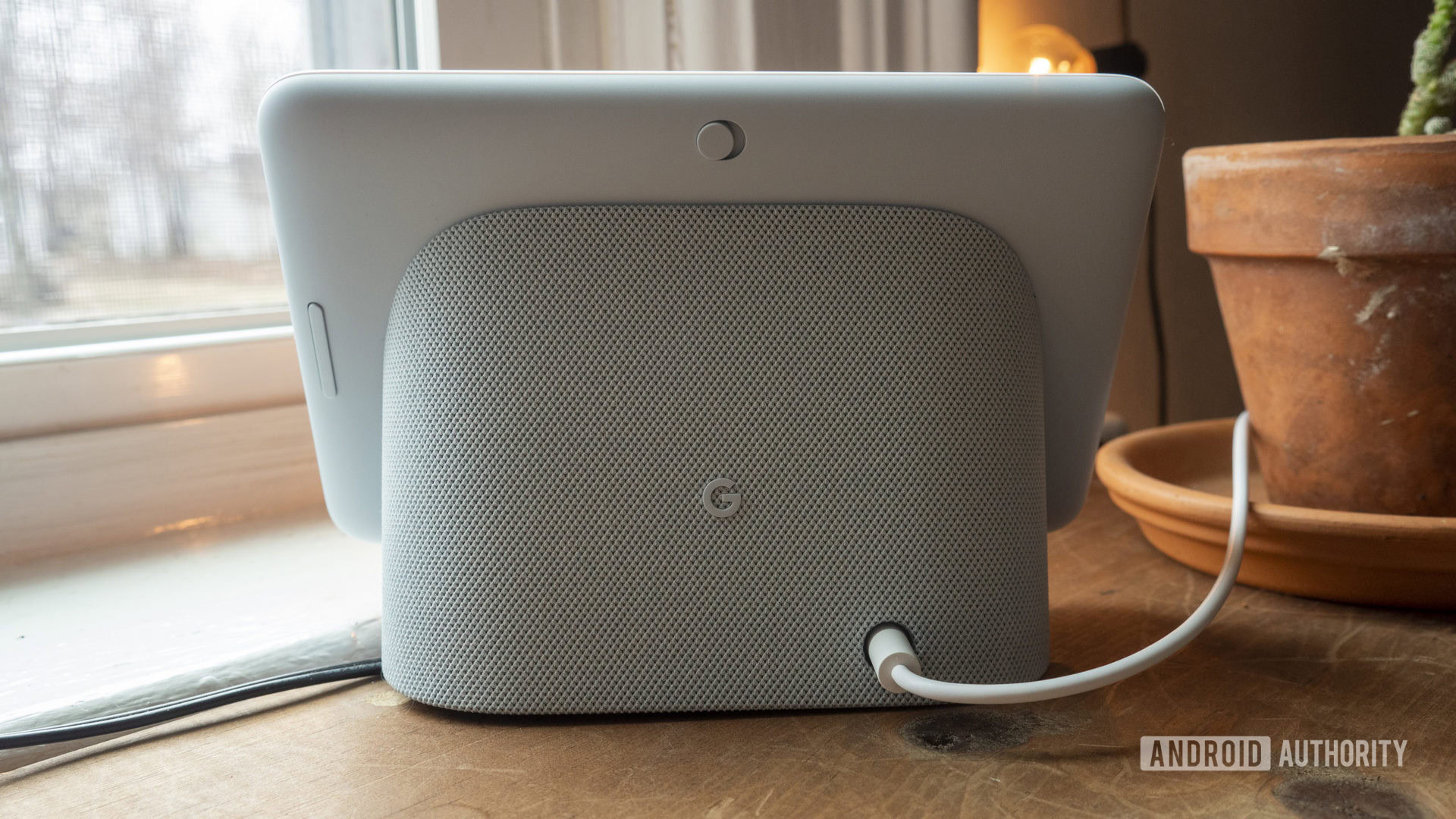
Jimmy Westenberg / Android Authority
long story short
- Google has applied for a patent for using a radar system for fall detection through smart home devices.
- In the event of a fall, this feature notifies emergency contacts or emergency services personnel.
- This suggests that the radar-equipped second-generation Nest Hub could get fall detection support.
Fall detection is one of the most important features of today’s smartwatches and trackers, allowing seniors and other users to get help if they fall and are unable to stand up. Now, it seems that Google is considering bringing this feature to its Nest Hub series.
The company filed a patent with the United States Patent and Trademark Office (USPTO) titled “Radar-based privacy-preserving fall monitoring.” The patent describes the use of a stationary “smart home device” or “home assistant device” that uses radar waves to detect if someone nearby has fallen.
How does Nest Hub’s fall detection work?
Once a device detects that a person has fallen (using center of mass tracking and machine learning), it can announce this fact and request an audio response from the person. Smart home devices can take action if the user confirms they have fallen or do not receive a timely response. This includes sending alerts to emergency contacts via Wi-Fi.
According to Google’s patent, one example of the alert reads: “A fall was detected at Margaret’s home and she indicated she needed help.” Google says recipients may need to acknowledge receipt of the alert if the primary contact Without acknowledging receipt of notifications, notifications may be sent to other emergency contacts. Google’s patent also states that smart home devices could initiate a call between a fallen user and their emergency contacts.

The search giant also outlined the possibility for smart home devices to alert local emergency services, such as the local fire department, and place calls with them. Google says a smart device that successfully detects a fall can notify other smart home devices in the residence, allowing others in the household to help the person who fell.
What if a smart home device mistakenly detects a fall? Then, the user can simply reply that they are fine. “Okay. I won’t be contacting anyone. I hope you’re okay,” the device can reply. The company also suggests that fall detection can be disabled when two or more people are detected, reasoning that another person may be able to provide “more assistance” to the person who fell than the smart home device.
Google added that the technology could be used to monitor how fast someone is walking:
When a monitored person’s walking speed decreases, it can be determined that she becomes frailer and more likely to fall. Over a considerable period of time, such as weeks, months or even years, trends in the walking speed of the monitored person can be determined and output, for example to an emergency contact.

So what kind of smart home products can handle this technology? Google’s second-generation Nest Hub smart display is equipped with the Soli radar system, making it an ideal commercial candidate for radar-driven fall detection capabilities. Nest Hub’s Soli radar is currently used for Motion Sense gesture control and sleep tracking.
In addition, the patent specifically states that Infineon’s BGT60TR13C radar chip can be used for this function. This appears to be the same radar chip used in the Google Pixel 4 series and second-generation Nest Hub.
Google also notes in the patent that in addition to the expected speaker, microphone, and radar systems, the product may also feature a touch screen. One of the submitted images (seen above) suggests that we’re indeed looking at at least one Nest Hub.
Why use smart home devices for fall detection?

Jimmy Westenberg / Android Authority
Several wearable devices already offer fall detection capabilities, but Google notes that these devices need to be properly charged and worn:
This correct use may be difficult to maintain for at least some of the populations most at risk for falls. Therefore, a person at risk of falling may need to be monitored without the person wearing any wearable device.
The company also excluded a camera for fall detection due to privacy concerns, especially if you want to detect falls in the bathroom or bedroom.
A significant drawback of this patented approach is that falls will not be detected if the person and smart home device are in different rooms. This requires multiple devices to ensure falls are detected in every room. Despite this significant drawback, this is still a convenient and potentially life-saving use for the Nest Hub radar system, especially for seniors who live alone.
We have to stress, though, that this is just a patent, so there’s no guarantee we’ll actually see this feature on the second-generation Nest Hub or other Google devices.